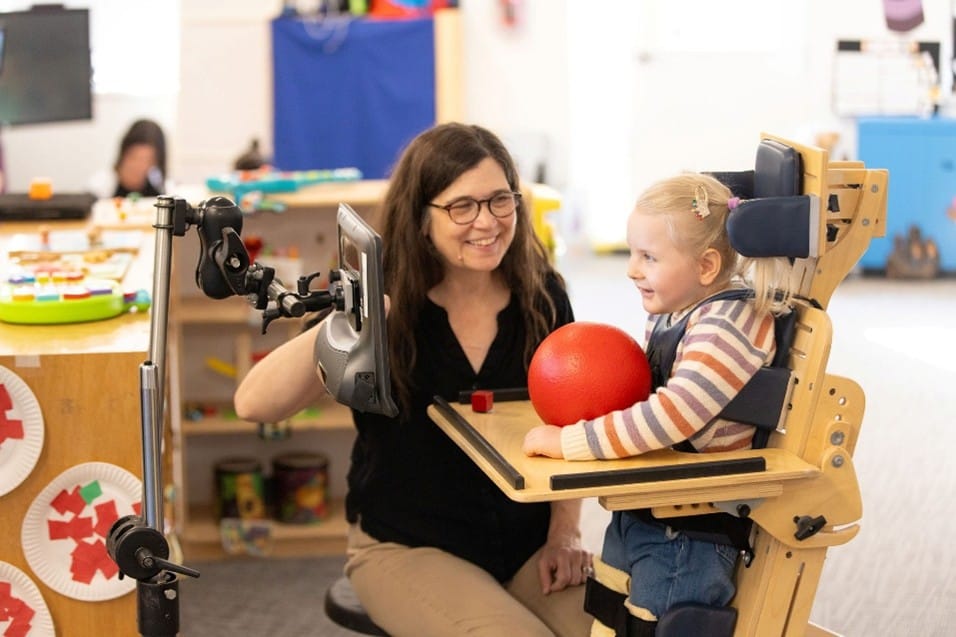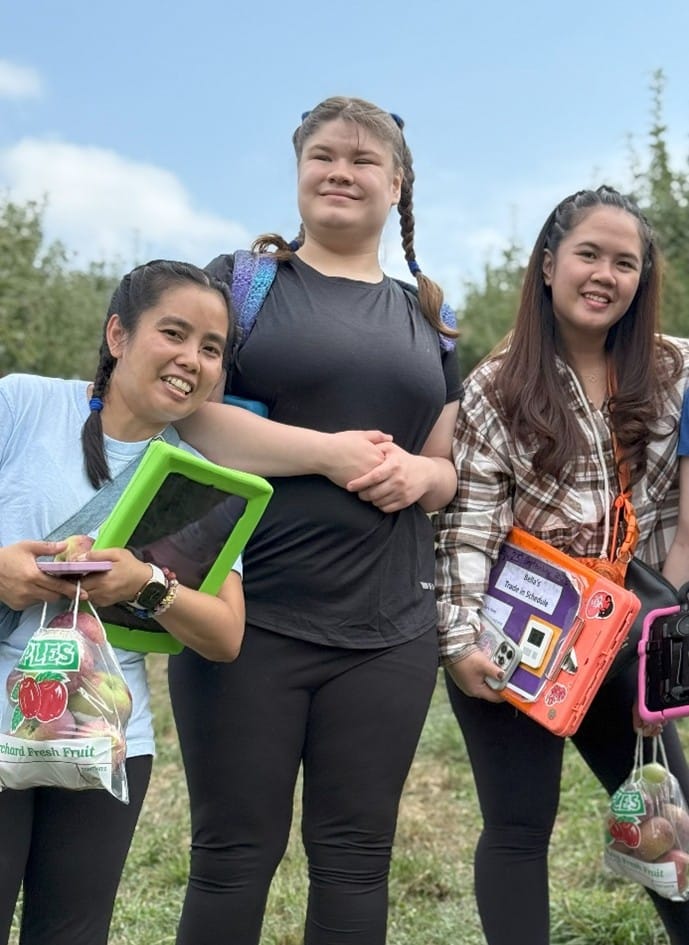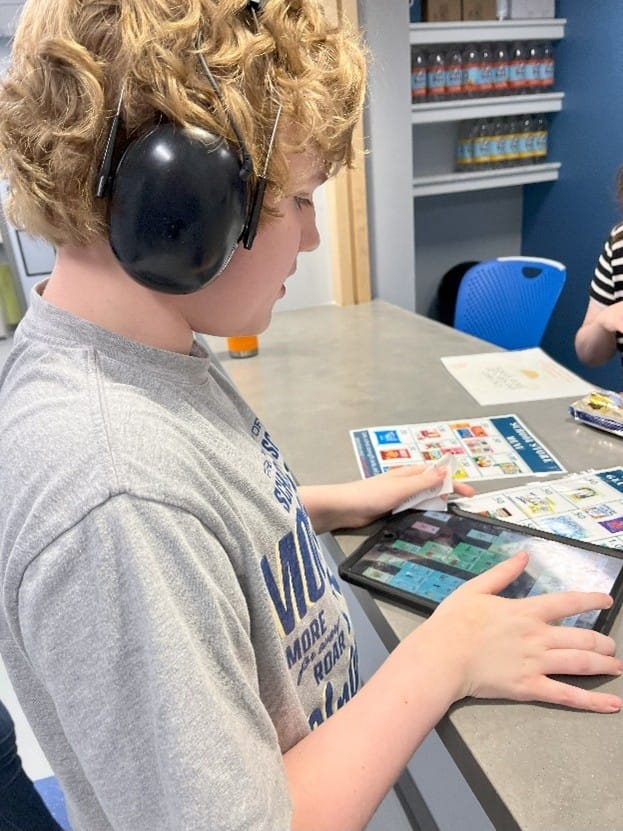
MAAPS Celebrating IDEA 50 Years Blog Series
Giving Every Student a Voice: Celebrating AAC Innovation
October is AAC Awareness Month and this year, it comes at a historic moment as we celebrate the 50th Anniversary of the Individuals with Disabilities Education Act (IDEA)—a landmark federal law that paved the way for groundbreaking advances in Augmentative and Alternative Communication (AAC).
When IDEA was enacted in 1975, it established a revolutionary promise: every child, regardless of disability, has the right to a free and appropriate public education (FAPE). That same decade laid the foundation for AAC, as educators began exploring ways to give children with communication challenges the tools to express themselves.
Over the decades, the progress of IDEA and AAC have moved hand in hand:
- 1975 – IDEA opens doors to education and communication access for all students, establishing the right to specialized instruction and assistive technology.
- 1980–1990s – AAC technology evolves from simple symbol books to electronic systems like Dynavox and PECS, bringing IDEA’s promise of accessibility to life.
- 2004 – IDEA is reauthorized, expanding the role of assistive technology in education—ensuring that devices supporting communication become essential parts of a student’s learning plan.
- 2010 – The iPad transforms AAC, making powerful, personalized communication tools widely available and affordable.
- 2025 & Beyond – With artificial intelligence and virtual reality, AAC systems are becoming even more adaptive, intuitive, and inclusive, continuing IDEA’s legacy of innovation and access.
IDEA and AAC together have made it possible for students once isolated by communication barriers to participate fully in classrooms, communities, and relationships. Across Massachusetts, MAAPS member schools are transforming lives of students with disabilities so that they can express themselves, connect with others, and reach their full potential.
The New England Center for Children (NECC) in Southborough, MA provides individualized instruction and support that helps children with Autism develop communication, social, and life skills for greater independence. At NECC, 61% of students use AAC daily through the use of signs, picture books, or high-tech devices and it isn’t just used in their classrooms. Students use AAC in art, music, recreation, and community activities. AAC can support everything from simple tasks, like ordering a snack at the school store to more complex interactions within the wider community, empowering students to express themselves, build relationships, and develop independence.

“AAC allows our students to be active participants in their learning and in their communities,” NECC Senior Director of Development Beth McGonagle notes. “Every child deserves to be heard.”


Cotting School, in Lexington, MA, serves students with a broad range of learning and communication disabilities, physical challenges, and complex medical needs. Here, educators see AAC devices as a way for students to participate meaningfully in their communities. It is a bridge to belonging.
When then-four-year-old Sofiia enrolled at Cotting two years ago, her team faced a unique challenge: Sofiia and her family had recently come to the United States from Ukraine, and most AAC systems available in the U.S. didn’t support Ukrainian.
Cotting Lower School Teacher Ms. Caughey, Communication Therapist Ms. MacInnis, and Sofiia’s mother, Iuliia, collaborated to find a bilingual system that would allow Sofiia to communicate in both English and Ukrainian.
“It’s a very robust system,” said Ms. MacInnis. “She can toggle between English and Ukrainian from her home page. Since giving her more language than she had before, she’s become so verbose.”

The impact was immediate. Sofiia’s personality flourished—she began advocating for herself, telling jokes, and expanding her vocabulary daily. “She’s funny, she’s witty, she’s quick,” said Ms. MacInnis. “It’s so incredible to see.”
Stories like these from NECC and Cotting School are just two examples of how AAC technology has transformed education for students with disabilities. What began decades ago with simple picture boards and basic communication tools has evolved into dynamic systems that give every student regardless of language, ability, or diagnosis the power to connect, learn, and lead. These advances, made possible through IDEA’s commitment to access and inclusion, have reshaped American classrooms.
This November, MAAPS will honor the 50th anniversary of IDEA at the Edward M. Kennedy Institute for the United States Senate in Boston, Massachusetts. The event will celebrate the progress of the past five decades—including these advances in assistive and communication technology—and call for continued advocacy to ensure every student has the tools, supports, and opportunities they deserve.
Together, we can move from celebrating IDEA’s past to securing its future and ensuring that every student, in every classroom, has a voice that can be heard.

MAAPS will be celebrating 50 years of The Individuals with Disabilities Education Act, and the students whose stories bring this milestone to life, in our IDEA 50th blog series which will grow with new reflections and stories leading up to the November 2025 event. Submit your stories here for the chance to be featured in a future blog.
